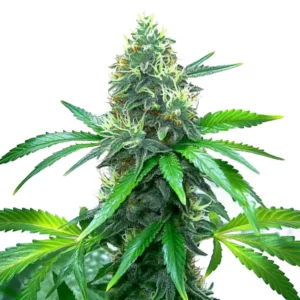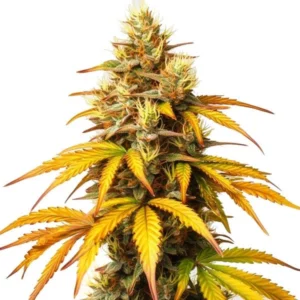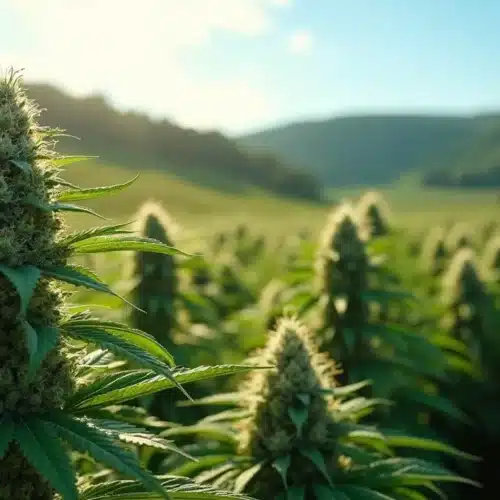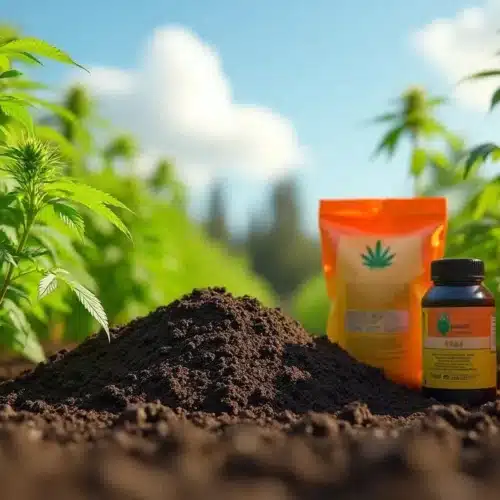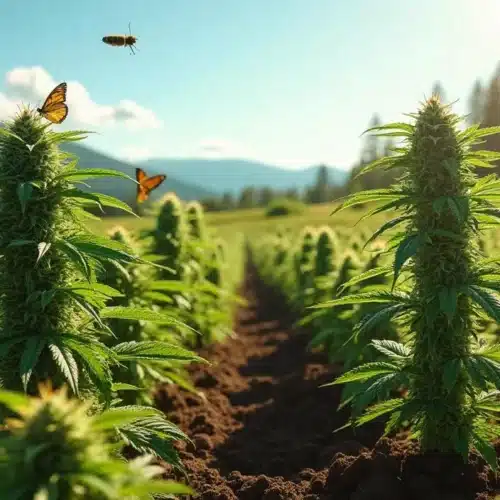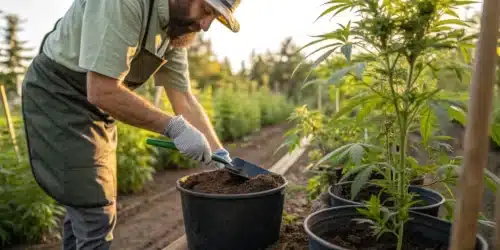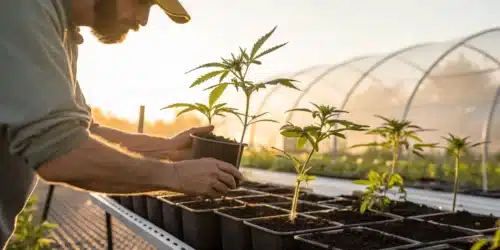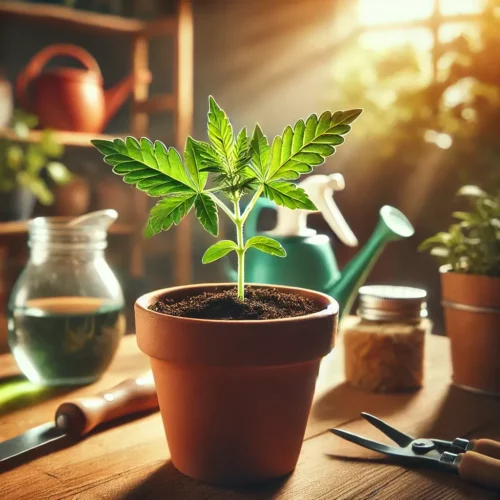Moving a cannabis plant from outdoor to indoor is a widely discussed topic among growers. This process isn’t simply about relocating the plant. Various factors come into play that can affect the health and growth of the plant. Understanding these factors will help you make an informed decision.
Why Move Plants Indoors?
There are several reasons why someone might choose to move their cannabis plants indoors. One of the primary motivators is to protect the plants from environmental stressors such as pests or unpredictable weather. Additionally, adjusting light schedules indoors can promote specific growth stages, enhancing yield or potency.
Here are a few reasons why moving to an indoor setup might be appealing:
- Greater control over growing conditions
- Protection from pests and diseases
- Ability to manage light cycles for optimal growth
- Increased privacy and security from theft
Moreover, indoor growing allows for a more stable environment. With the right setup, growers can create ideal conditions year-round, ensuring plants thrive regardless of the harsh outdoor elements. The ability to avoid seasonal changes can lead to more consistent and higher quality harvests.
Lastly, the convenience of being able to tend to your plants in a controlled environment can reduce stress for both the grower and the plant. This can lead to a more enjoyable growing experience overall.
Promos & Deals
Planning the Move
Before you take the plunge and move your cannabis plants indoors, careful planning is essential. Sudden changes can shock plants, as they are sensitive to their environment and may react poorly if the move is not managed well.
Consider the following steps to ensure a smooth transition:
- Evaluate the health of the plant. Ensure it is thriving before you make the move.
- Select a suitable indoor location with adequate light, ventilation, and temperature control.
- Prepare the indoor growing space to prevent the introduction of pests or diseases.
Another important aspect of planning is gathering the right equipment. Ensure you have the necessary tools, including grow lights, fans for ventilation, and pots for transplanting. This preparation facilitates a smoother transition and allows you to address potential issues as they arise.
Finally, it’s worth considering the timing of your move. Transplanting when the plant is active and healthy can result in a more successful transition than doing so during unfavorable growth periods, such as flowering.
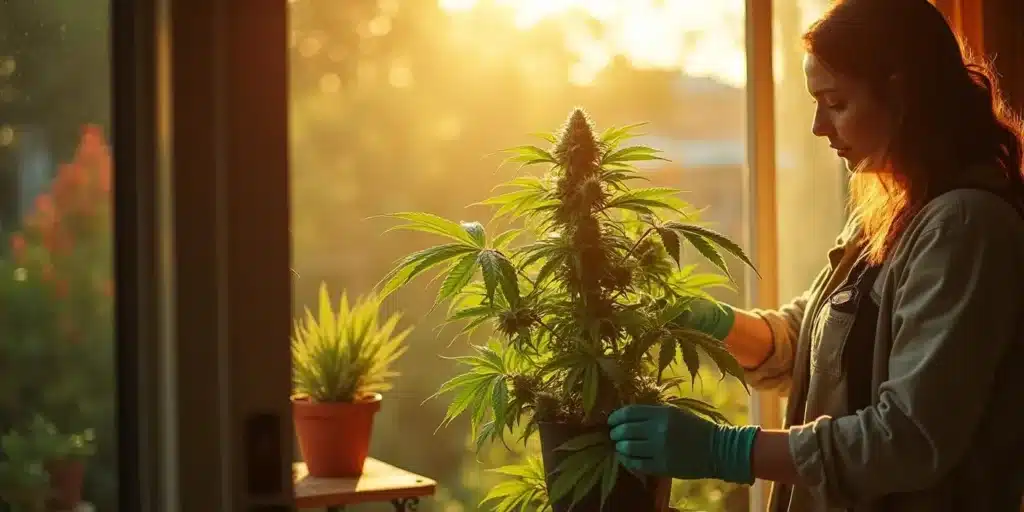
Transitioning Your Plant
After you’ve selected the right indoor environment, it’s time to transition the plant. Begin by acclimatizing it to the new conditions. This process can significantly reduce stress on the plant, helping it adjust more comfortably.
Here are some methods to ease the transition:
- Gradually introduce the plant to lower humidity levels if they differ from outdoor conditions.
- Adjust light exposure gradually; avoid placing it directly under a strong grow light right away.
- Monitor the water needs, as indoor plants might require less frequent watering than outdoor ones.
Additionally, creating a consistent daily routine can help the plant adapt. Regularly check on its progress and adjust temperature and humidity levels accordingly. A systematic approach fosters an environment that supports healthy growth.
Finally, remember that patience is key during this transition phase. The plant may need some time to fully adjust, and minor fluctuations in growth patterns are normal as it settles into its new home.
Potential Challenges
While moving the plant can be beneficial, it’s not without its challenges. Some plants may experience stress due to differences in environment. Symptoms of stress can include drooping leaves, discoloration, or stunted growth.
Here are some potential issues to watch for:
- Pest infestations brought from outdoor environments
- Light burn from overly strong indoor grow lights
- Variations in watering needs compared to outdoor conditions
- Root shock during the process of transplantation
It’s important to closely observe your plant for these symptoms and respond promptly. If you notice signs of distress, it may help to adjust light levels, humidity, or even re-evaluate your watering schedule to better accommodate the plant’s needs.
Lastly, don’t hesitate to reach out to local growing communities or online forums for advice. Many experienced growers have faced similar situations and can provide insights that might prove invaluable in overcoming these challenges.
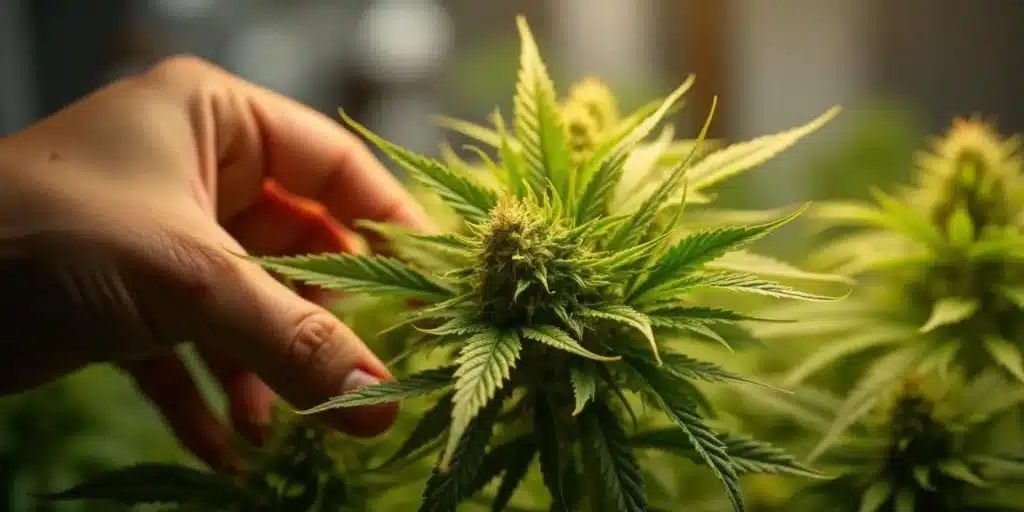
Caring for Transplanted Plants
Once your cannabis plants have been relocated indoors, the focus shifts to ensuring they receive the best care possible. Monitoring the plants closely will help you identify any signs of stress or deficiencies early on.
Here are some care tips:
- Maintain consistent light exposure while the plant adjusts to the new light schedule.
- Regularly check for pests, especially for any that may have arrived from outdoor conditions.
- Adjust nutrient levels based on the plant’s growth stage and requirements.
Moreover, establishing a routine can help ensure that you consistently address all care aspects. Regular check-ins can prevent issues from escalating, leading to healthier and more robust plants.
Don’t forget about the importance of a healthy growing medium. Ensure that the soil or substrate in which your plant is potted has the necessary nutrients and drainage to support its growth, especially during this critical transition phase.
Choosing the Right Strains
The success of your indoor grow can also depend on the strain you choose to cultivate. Some strains tend to adapt better to indoor environments than others. For first-time indoor growers, it’s wise to start with resilient strains that can handle some transition stress.
Three strains that are known for being resilient in various environments include:
- Blue Dream: A hybrid known for its balanced effects and adaptability to different conditions.
- Gorilla Glue #4: Recognized for its high potency and ease of cultivation, making it a favorite among many indoor growers.
- Girl Scout Cookies: Known for its unique flavor profile and robust growth, suitable for a range of indoor growing setups.
In addition to these strains, consider experimenting with different varieties to discover what works best in your particular setup. This exploration can enhance your growing skills and help you develop a preference for specific traits.
Finally, gathering experiences from fellow growers can provide valuable insights into which strains perform optimally in indoor environments. Stay connected with the community for tips and success stories.
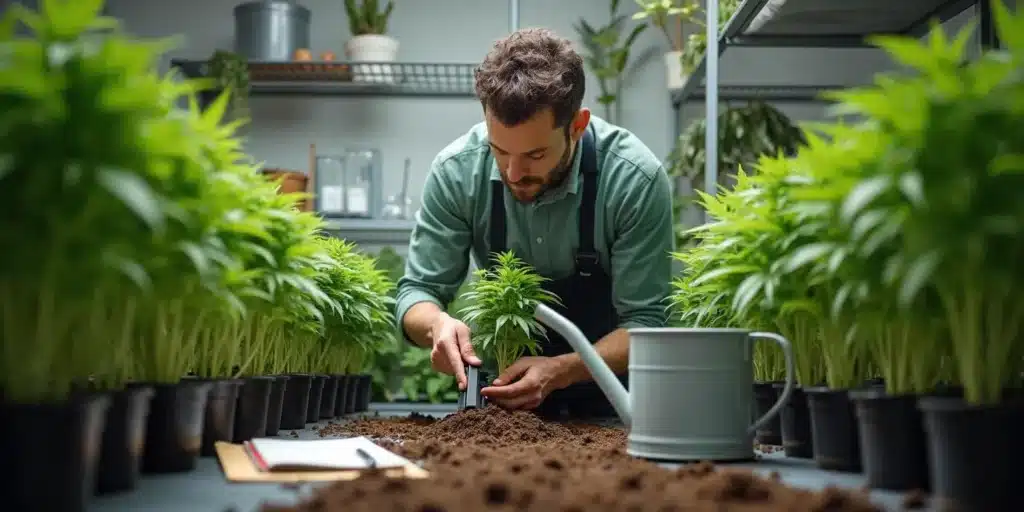
FAQs
Can all outdoor cannabis plants be moved indoors?
Not all cannabis plants are suitable for indoor growth after being outside. Consider the health and stress levels of the plant before moving. Some strains may adapt better to indoor conditions, while others may experience shock.
Moreover, understanding specific strain requirements and their resilience during transitions can guide your choices. Knowing your plants’ history and current needs will help in making a more informed decision about the move.
How long should I acclimatize my plant before moving it?
It’s generally recommended to acclimatize your plant for at least a week. Gradually introduce it to the new indoor conditions, adjusting light and humidity step by step.
Consider taking baby steps with this process. Initially, you might expose the plant to indoor conditions for just a few hours each day, gradually increasing the time until it is fully acclimatized to its new home.
What are some signs that my plant is stressed after the move?
Signs of stress can include yellowing leaves, wilting, slow growth, or leaning toward a light source. Monitoring your plant closely in the first few weeks after the move is vital.
Being proactive can make a significant difference in recovery. If you spot any stress signals, don’t hesitate to make the necessary adjustments to light, water, or nutrients to help the plant regain its vigor.
Do I need to change my watering schedule after moving indoors?
Yes, your watering needs may change. Indoor plants often require different watering frequencies due to differences in humidity and soil drainage. Check the soil moisture regularly to avoid over or under-watering.
To get the hang of your new watering routine, consider keeping a journal of your plant’s soil moisture levels and watering frequency. This practice can help you fine-tune your approach over time.
Can pests transfer from outdoor plants to indoor growing spaces?
Yes, pests can travel on the plant itself or in the soil. Inspect your plant carefully before bringing it indoors and consider using organic pest control methods if necessary.
Establishing a quarantine period for newly moved plants can also be beneficial. This approach allows you to monitor for pests in isolation before introducing them into your main growing area, minimizing potential infestations.



